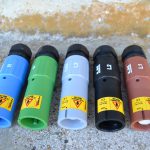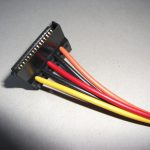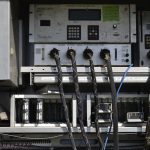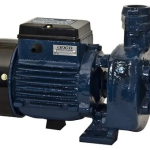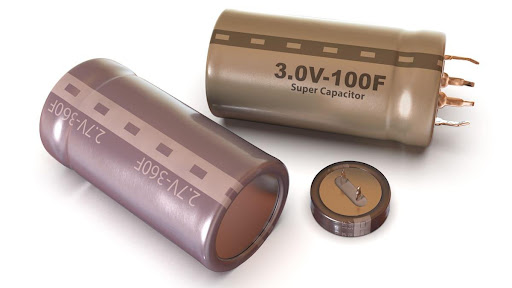
Supercapacitors are cutting-edge energy storage devices that supply a wide range of excellent features, including high capacitance, high power density, and prolonged cycle times. These capacitors known for storing huge amounts of electrical charge. They are also called double-layered capacitors or ultracapacitors. Such capacitors do not use conventional dielectric but store electrical energy by two mechanisms: double layered capacitance and pseudo capacitance. Double-layer capacitors are electrostatic from the time of manufacturing, while the pseudo capacitors are electrochemical. This indicates that supercapacitors combine the functions of a normal capacitor with the function of an ordinary battery.
Construction of Supercapacitors
The construction of Supercapacitors is quite similar because they consist of similar parts like two foil electrodes, an electrolyte, and a foil separator. The separator is placed between the electrodes, and the foil is foiled into a cylindrical or rectangular shape. It is then placed into a casing with an electrolyte and seals hermetically. However, the electrolytes used in making supercapacitors and the electrodes are different from those used in ordinary electrolytic capacitors.
Supercapacitors use porous materials to store ions in those pores at atomic levels. This is to store electrical charge. The most used material nowadays in supercapacitors is charcoal. Carbon is not a good insulator, due to which the maximum operating voltage gets limited to 3 Volts. In inactivated charcoal, the charge carriers are compared to the pore size, and some of them cannot fit in the smaller pores, which results in a decreased polarity. Because of such reasons, charcoal is considered a not-so-good material for this purpose.
Graphene is one of the most popular materials used in supercapacitor research. Graphene is a substance that consists of only pure carbon and is one atom thick and arranged into a planar sheet. It is very porous and performs as an ion sponge. With graphene, the capacitors can achieve energy densities comparable to the energy density of a battery.
Characteristics of Supercapacitors
Charge Time
Supercapacitors’ charging and discharging times are comparable to standard electrolytic capacitors. They have low current resistance, making it possible to accomplish high charging and discharging currents. Batteries usually need a considerable amount of time to get fully charged, for example, a cell phone battery. At the same time, supercapacitors take only as much as two minutes to get fully charged.
Specific Power
The special power of a battery or supercapacitor is an action used to look at changed advances as far as maximum power yield separated by the total mass of the gadget. Supercapacitors have a particular power 5 to multiple times more noteworthy than batteries. For instance, while Li-ion particle batteries have a specific power of 1 – 3 kW/kg, the special force of a supercapacitor is around 10 kW/kg. This property is particularly significant in applications requiring speedy energy eruptions to be let out of the storage gadget.
Cycle Life and Safety
Supercapacitor batteries are much safer than ordinary batteries when they are misused. Batteries can explode due to excessive heating or short circuits. However, as supercapacitors have low resistance, they do not heat much, and hence there is almost no risk of these batteries exploding. When a fully charged supercapacitor is heated, it will result in the venting of the stored energy that can lead to electrical arcing and may cause some damage to the device. In batteries, the heat generated is not of any concern.
Supercapacitors have a long cycle life and can be charged and discharged many times. In contrast, batteries only have 500 times and above a cycle life. This makes these capacitors super effective for applications requiring frequent storage and release of energy.
Applications of Supercapacitors
Supercapacitors serve as a bridge between batteries and Capacitors, and you can use them for various applications. One of those many applications is using such capacitors in ESR or braking systems in the automotive industry. In such problems in such systems is the lack of a device capable of quickly storing large amounts of money. One method could be using an electrical generator to convert kinetic energy into electrical energy and then store it in a supercapacitor. You can later utilize this stored energy for the power of acceleration.
Other applications include low power applications where high capacity is not needed, but a long life cycle is important. Such applications are MP3 players, photographic flash, static memories, etc., that would need a low power constant voltage source to retain the information. This makes them effective for many applications and are widely preferred.






